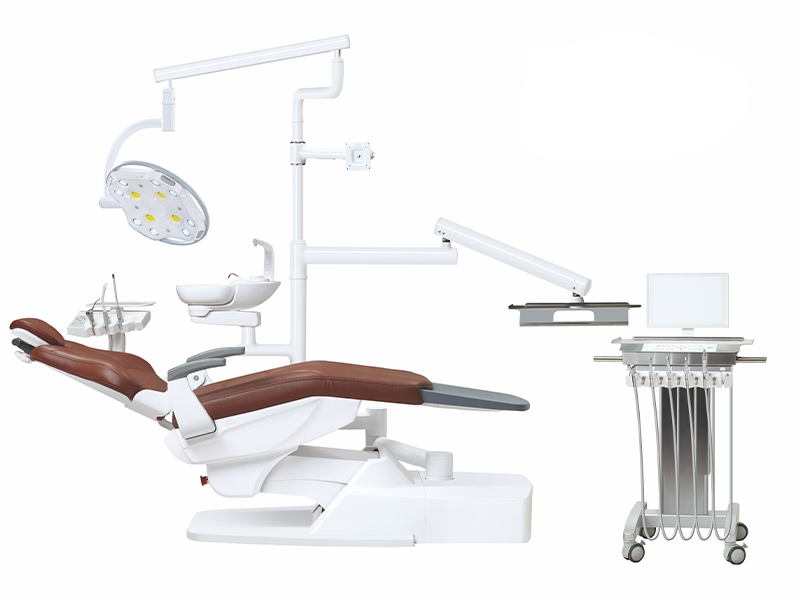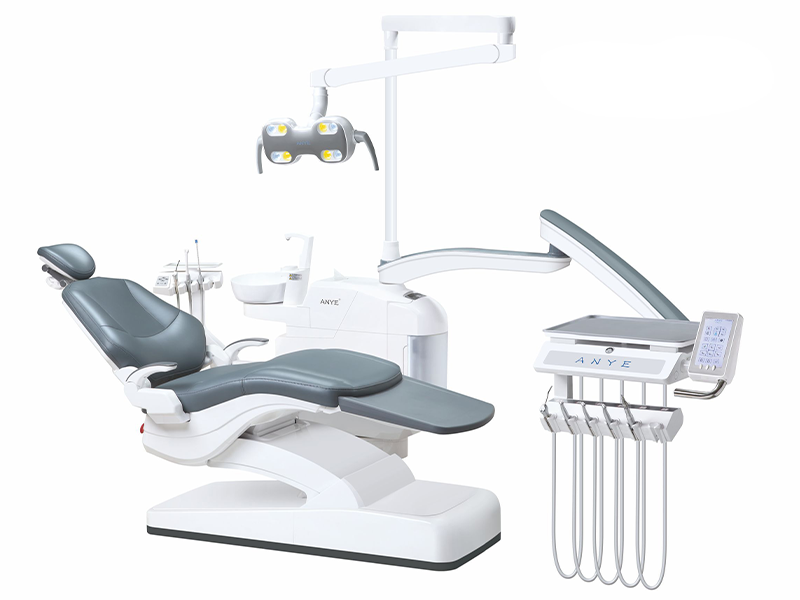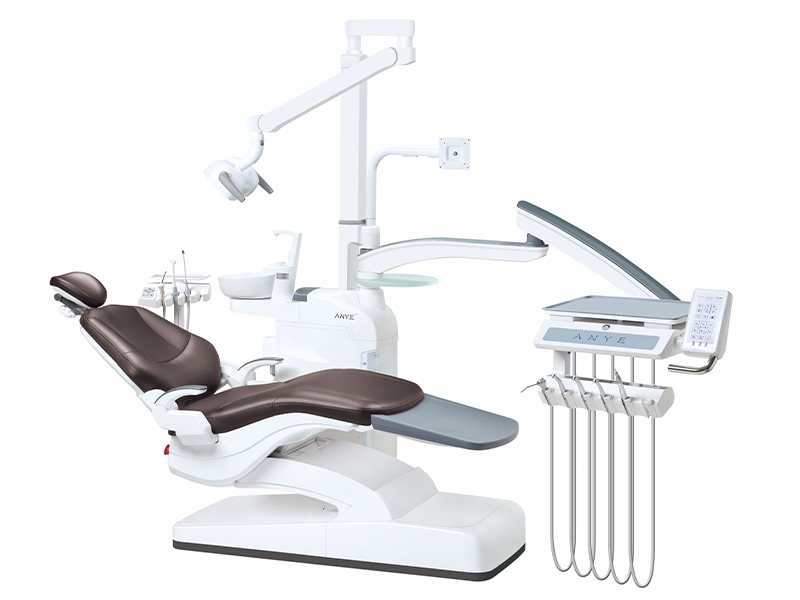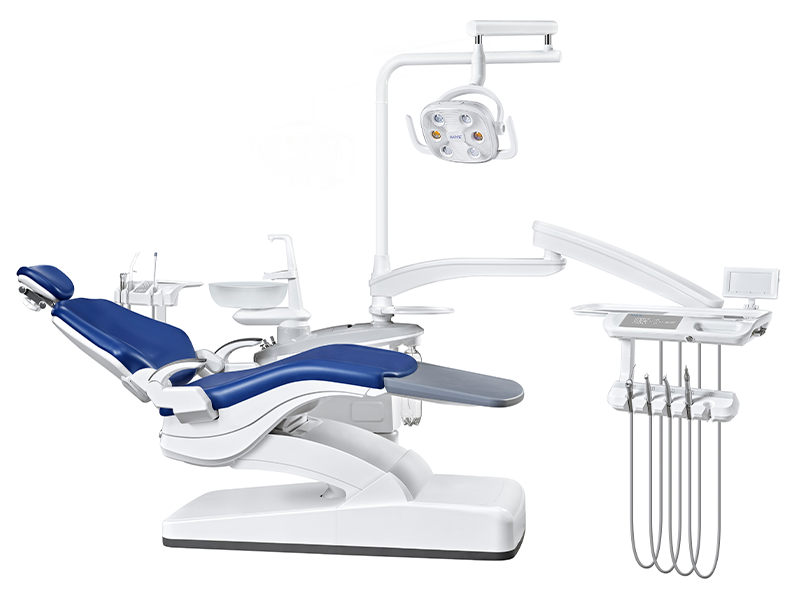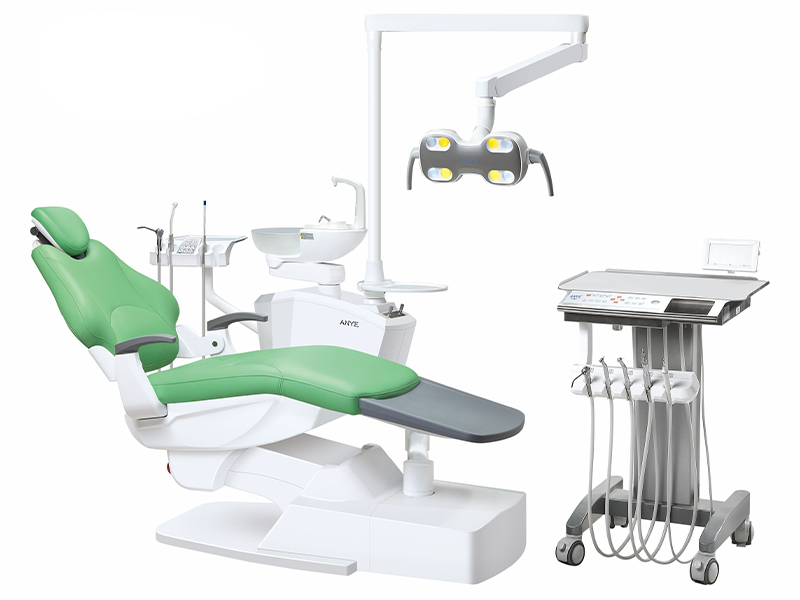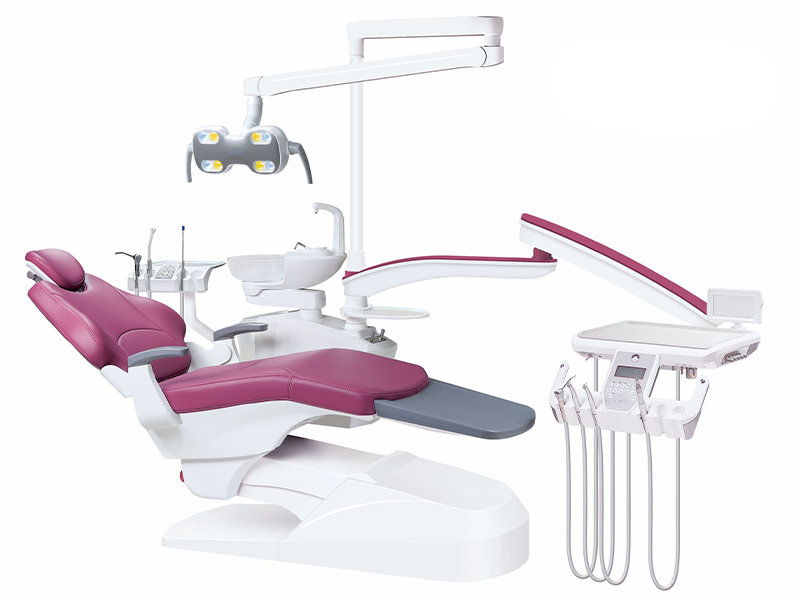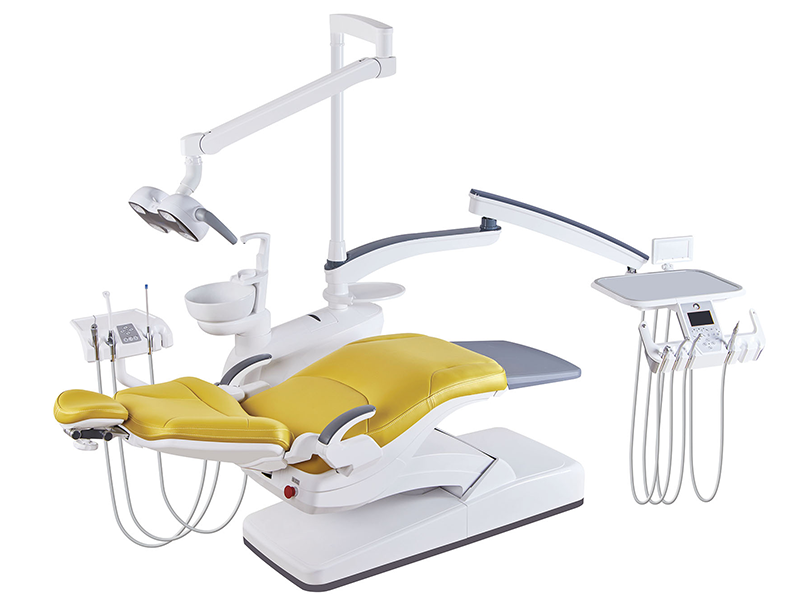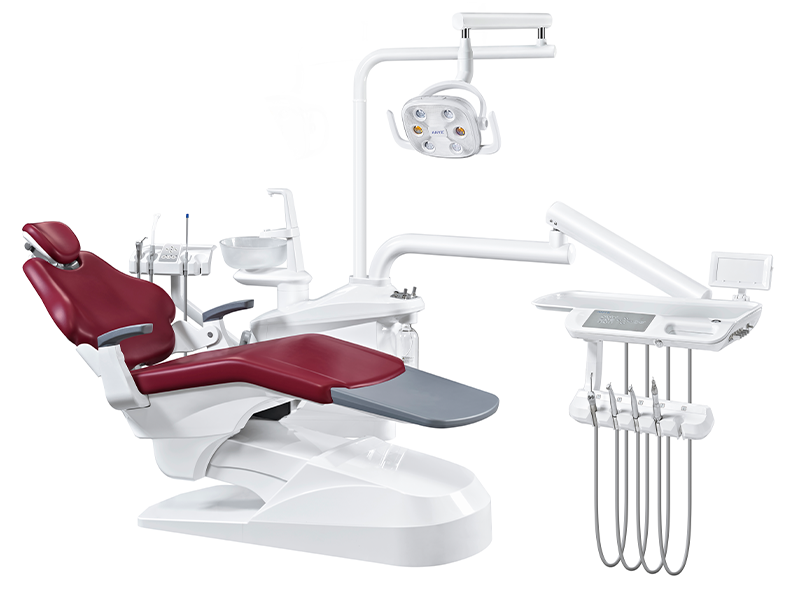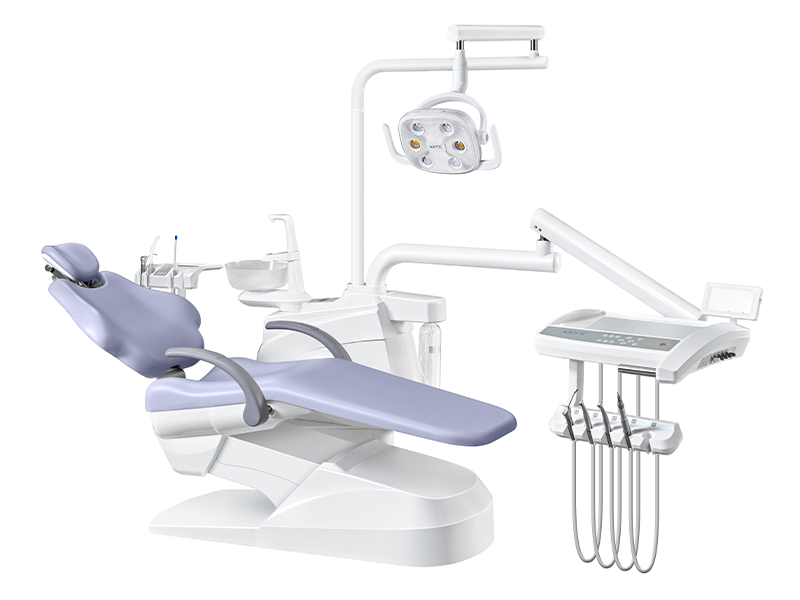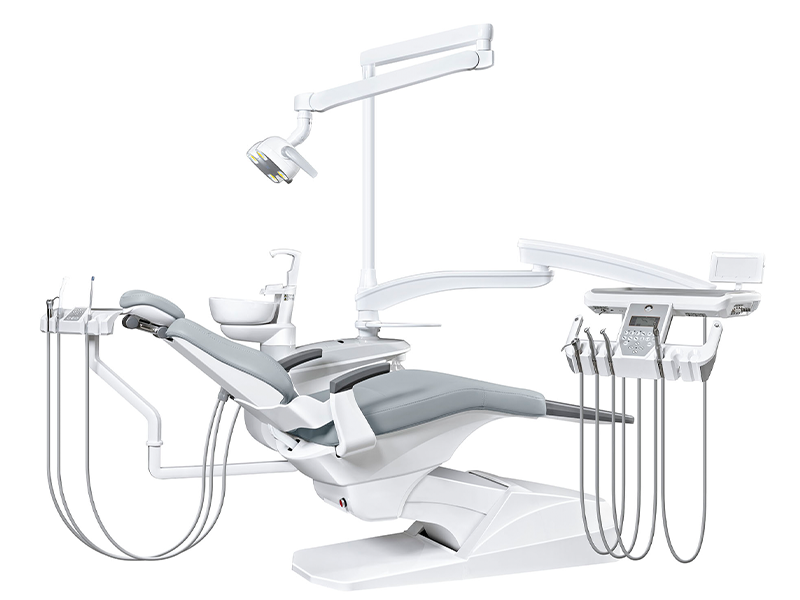The selection of a dental chair represents a significant investment for any dental practice. This decision directly impacts patient comfort, dentist ergonomics, and the overall efficiency of your practice. A fundamental choice dentists face is whether to invest in a powered or non-powered dental chair. Both options present unique advantages and disadvantages, making a comprehensive understanding crucial for making an informed decision.
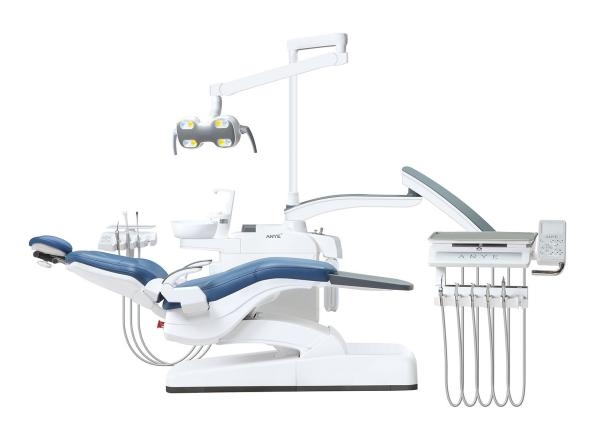
Understanding Non-Powered Dental Chairs: Simplicity and Cost-Effectiveness
What are Non-Powered Dental Chairs?
Non-powered dental chairs, often referred to as manual dental chairs, operate without the assistance of electric motors for adjustments. These chairs rely on manual levers and hydraulic systems to control the chair's position, offering a simpler and often more affordable solution.
Advantages of Non-Powered Dental Chairs:
- Affordability: Non-powered chairs typically come with a lower initial cost compared to their powered counterparts, making them an appealing option for budget-conscious practices or those just starting.
- Simplified Maintenance: The absence of intricate electrical components translates to simpler maintenance requirements. This straightforward design often leads to reduced long-term maintenance costs, as there are fewer parts that are susceptible to malfunction.
- Enhanced Durability: The inherent simplicity of manual chairs can contribute to their durability. With fewer complex components, these chairs are generally more robust and can withstand the rigors of daily use in a busy dental practice.
Disadvantages of Non-Powered Dental Chairs:
- Restricted Adjustability: Non-powered chairs frequently offer a more limited range of adjustment options compared to powered chairs. This limited adjustability can compromise both patient comfort and dentist ergonomics, especially during lengthy procedures.
- Manual Effort: Adjusting the chair's position requires physical effort from the dentist or assistant. This manual operation can lead to fatigue and strain for the dental team over extended periods, impacting their efficiency and well-being.
- Compromised Patient Comfort: The manual operation and restricted adjustability of these chairs may result in less smooth and precise movements during adjustments. This can potentially impact the patient's comfort, particularly during extended procedures.
Exploring Powered Dental Chairs: Embracing Comfort, Efficiency, and Advanced Features
What are Powered Dental Chairs?
Powered dental chairs leverage electric motors to enable a wide array of adjustments, delivering a smoother and more precise operation. These chairs often incorporate advanced features and digital controls, enhancing convenience and precision during dental procedures.
Advantages of Powered Dental Chairs:
- Exceptional Patient Comfort: Powered dental chairs excel in providing a customized and comfortable experience for patients. Their advanced adjustability allows dentists to fine-tune the chair's position to accommodate various body types and ensure optimal comfort during procedures.
- Features such as contoured backrests, adjustable headrests, and lumbar support promote proper posture and alleviate strain, particularly during extended treatments.
- Anya Dental's chairs, for example, come equipped with programmable settings, easy-to-use controls, and smooth, quiet motors, further enhancing patient comfort and streamlining workflow.
- Enhanced Dentist Ergonomics: Powered chairs significantly reduce the physical strain on dentists by minimizing the effort required for adjustments.
- Effortless electric adjustments promote better posture and minimize fatigue for the dentist, safeguarding their long-term health and reducing the risk of work-related injuries.
- Many powered chairs can be programmed with specific positions for different procedures, optimizing the dentist's workflow and saving valuable time.
- Integration of Advanced Features: Powered dental chairs frequently incorporate advanced features and technologies that elevate the quality of care and streamline dental procedures.
- Some chairs come with programmable positions, memory settings for storing preferred patient positions, and seamless integration with other dental equipment like curing lights and operating lights.
- ANYE, for example, offers dental chairs with a range of advanced features:
- 8 Beads LED operating light: This provides bright and adjustable lighting, improving visibility during procedures.
- Removable side box: This enhances flexibility and access to instruments.
- Multifunctional foot pedal: Allows hands-free operation of chair functions like rise and down, backrest adjustments, blowing, flushing, and water supply.
- Touch screen control system: Offers intuitive control of chair functions and settings.
- Four-handed operation: Facilitates efficient teamwork between the dentist and assistant.
- Seamless and Quiet Operation: The electric motors in powered dental chairs ensure smooth, quiet, and precise adjustments, contributing to a more relaxing experience for patients.
Disadvantages of Powered Dental Chairs:
- Higher Initial Investment: Powered dental chairs demand a larger upfront investment compared to non-powered options. This cost difference can be a significant consideration, especially for practices with budget constraints.
- Potential for Increased Maintenance: The presence of electrical components increases the complexity of maintenance. Repairing or replacing electrical components can be more costly than addressing issues in manual chairs.
- Susceptibility to Malfunctions: Electronic equipment, like powered dental chairs, carries a risk of malfunctions. These malfunctions can disrupt the workflow of the dental practice and necessitate repairs, potentially leading to downtime and additional expenses.
Navigating the Diverse Landscape of Dental Chairs: Catering to Specific Needs
Beyond the distinction between powered and non-powered, dental chairs are further categorized based on their specific applications and features:
- Standard Dental Chair: This foundational chair serves the needs of general dentistry practices, suitable for routine checkups and basic procedures.
- Hydraulic Dental Chair: Leveraging hydraulic systems, these chairs offer smoother and more controlled movements, making them a popular choice in many modern dental practices.
- Electric Dental Chair: Representing the latest in dental chair technology, these chairs utilize electric motors for highly precise adjustments. They often come equipped with memory functions to save preferred positions and enhance efficiency.
- Portable Dental Chair: Designed for mobility and convenience, portable dental chairs are ideal for serving patients in remote areas, outreach programs, or home visits. The AY-215A2 mobile dental chair from Anya Dental, featuring a durable aluminum alloy frame and high-grade leather upholstery, is a prime example of a portable solution for dental practices.
- Ergonomic Dental Chair: Focusing on comfort and support for both the patient and dentist, ergonomic chairs are specifically designed to reduce strain during extended procedures. They often incorporate features like adjustable headrests, lumbar support, and contoured backrests to enhance comfort and minimize fatigue.
- Implant Dental Chair: Tailored for implant procedures, these chairs often come with enhanced features to optimize comfort and precision during these specialized treatments.
- ANYE offers a range of implant dental chairs, such as the AY-215A1, designed with features like a spacious, comfortable backrest for extended procedures, a movable side box for increased operating space, and high-definition cameras for recording procedures.
- Kids Dental Chair: Designed with children in mind, kids' dental chairs incorporate playful designs and child-friendly features to create a positive and comfortable experience for young patients.
- ANYE's AY-215D2 Kids Unit, for example, is designed with cartoon themes and colorful accessories to help alleviate anxiety and create a more enjoyable dental visit for children.
- Rehabilitation Dental Chair: Catering specifically to patients undergoing rehabilitation, these chairs are designed for accessibility and comfort. They often include features that accommodate wheelchairs and provide extra support for patients with limited mobility.
Making the Right Choice: Factors to Consider When Selecting a Dental Chair
The selection of the ideal dental chair for your practice requires careful consideration of various factors:
- Budget and Financial Resources: Non-powered chairs are generally more budget-friendly, especially for practices with limited financial resources. However, it's crucial to evaluate the long-term return on investment (ROI) of a powered chair, considering its potential benefits in terms of efficiency, patient comfort, and dentist ergonomics.
- Practice Size and Patient Volume: Practices with high patient volume may benefit significantly from the efficiency and speed offered by powered dental chairs. In contrast, smaller practices with limited space may find non-powered chairs more suitable to their needs.
- Types of Procedures Performed: Practices specializing in lengthy or complex procedures, like implant surgery, should prioritize the enhanced comfort and ergonomics provided by powered chairs. General practices that primarily perform routine checkups and basic procedures might find non-powered chairs sufficient.
- Dentist and Staff Preferences: The preferences of your dental team are essential when making this decision. Some dentists might prioritize the precision and ease of powered adjustments, while others might prefer the simplicity and familiarity of non-powered chairs. Involving your team in the decision-making process can ensure a smooth transition and enhance job satisfaction.
- Long-Term Maintenance and Support: Carefully evaluate the long-term maintenance costs and the availability of reliable support services for the dental chair you choose.
- Consider the manufacturer's reputation for quality and reliability, as well as the accessibility of technical support in case of malfunctions or issues.
- ANYE stands out for its commitment to customer satisfaction, offering extended warranties, responsive customer service, and timely technical support.
- Materials and Construction: The durability and hygiene of a dental chair are heavily influenced by its materials and construction.
- Choose chairs crafted from robust, easy-to-clean materials like stainless steel, medical-grade plastics, cast aluminum, or steel. These materials can withstand frequent cleaning and disinfection, ensuring a hygienic environment for patients.
- Aesthetics and Customization: The aesthetic appeal of your dental chair plays a role in shaping the overall ambiance of your practice.
- Look for chairs that align with your clinic's branding and create a welcoming atmosphere for patients.
- Many modern dental chair manufacturers offer customization options, allowing you to select colors and finishes that complement your practice's design.
- Technology Integration: In today's digital age, consider dental chairs that seamlessly integrate with other dental equipment and technologies.
- Integration with digital imaging systems, patient management software, and other tools can streamline workflows, enhance efficiency, and improve the quality of care you provide.
- Safety Features: Patient and dentist safety should be paramount when selecting a dental chair.
- Prioritize chairs with safety features such as emergency stop mechanisms, clearly defined weight capacity limits, stability measures to prevent tipping, and anti-tip designs for added security.
ANYE Dental Chairs: A Comprehensive Portfolio to Meet Diverse Needs
ANYE, a leading dental equipment manufacturer based in China, offers a wide array of dental chairs designed to meet the diverse requirements of modern dental practices. ANYE focuses on providing high-quality, comfortable, and efficient dental solutions, ranging from standard units to specialized chairs for implants, pediatrics, and rehabilitation. ANYE’s dental units combine professional technology with dedicated production services.
Here's an overview of ANYE's key product lines:
AY-215A Series: Implant Dental Chairs
This series features dental chairs specifically designed for implant procedures, with features that enhance patient comfort and dentist ergonomics during these specialized treatments. Models within this series include: AY-215A1: A fourth-generation high-end professional dental unit designed for comfort and technology. It features a large backrest, movable side box design for an expansive operating space, and a sleek design. AY-215A2: Known for its luxurious and comfortable design, this chair focuses on patient relaxation, especially for longer procedures. AY-215A3: This chair stands out for its smooth lines and textures, sleek design, and emphasis on easy cleaning and hygiene. AY-215A5: Characterized by its imposing design and high-quality construction, this chair offers stability, durability, and a focus on patient comfort.
AY-215C Series: Advanced Feature Integration
The AY-215C series incorporates advanced features and technologies designed to enhance efficiency and precision in dental procedures. Key models include: AY-215C1: This chair features a modern design, intuitive touch screen controls, LED operating lamps, and a comfortable patient experience.
AY-215C3: Emphasizing efficiency and teamwork, this chair offers a four-handed operation design, along with other advanced features like a multifunctional foot pedal and a touch screen control system.
AY-215B Series: Comfortable and Ergonomic Design
The AY-215B series prioritizes patient comfort and dentist ergonomics. These chairs are designed to reduce strain and enhance ease of use during procedures. Models in this series include:
AY-215B1: This chair incorporates thoughtful design elements to ensure both patient comfort and operational efficiency.
AY-215B2: This chair features a 180° rotatable cabinet for assistant access and is known for its superb craftsmanship, stability, and patient comfort.
AY-215B3: Emphasizing a comfortable design concept, this chair focuses on providing a relaxing and supportive experience for patients, with features like a luxurious backrest and adjustable headrest.
AY-215D Series: Kids Dental Units
ANYE's AY-215D series is specifically tailored for children, incorporating playful designs, bright colors, and child-friendly features to create a positive dental experience for young patients.
A notable model is the AY-215D2, featuring a full cartoon theme, colorful accessories, and a design that caters to the needs of children.
Conclusion: Empowering Dental Practices with Informed Choices
Choosing the right dental chair is a critical decision that directly impacts the success of your practice and the comfort of your patients. By carefully considering your budget, practice size, procedures performed, and the preferences of your team, you can make an informed decision that aligns with your specific needs.
ANYE's commitment to quality, innovation, and customer support makes them a reliable partner for dental practices seeking a comprehensive range of dental chair options. From basic manual chairs to advanced powered units, ANYE offers solutions designed to enhance patient care, improve dentist ergonomics, and elevate the overall efficiency of your practice.

